What are the Pros and Cons of Tile Roofing?
What are the pros and cons of tile roofing from Ridge Valley Exteriors. It’s easy to neglect a roof if there are no signs of any roofing problems. Most high-quality roofing systems are so durable that they don’t show any visible signs of damage for years. But your roof is constantly exposed to the weather elements 24/7 all year round. Everything from extreme weather hazards to harsh UV rays can take a toll even on the most reliable roofing systems out there. Therefore, if you closely examine a roofing system, even a year-old roof might develop minor defects due to constant exposure.
So, if your existing roof is past its prime and you’re dealing with constant roofing issues, then it makes sense to go for a total roof replacement before the emergence of any serious structural issues in your home.

And when it comes to roofing materials, you’re spoiled for choice. Sure, there are popular traditional options like asphalt shingles. But, if you want something a bit for extraordinary and far longer lasting, a tile roof is a perfect choice.
Tile roofing can suit homes of any architectural style. And with an array of shades and styles to choose from, you can easily achieve the look that will complement your existing home decor. Most importantly, a home with a high-quality tile roof has a higher resale value and tends to sell quickly as well.
What are the Pros and Cons of Tile Roofing?
But, before you make any kind of investment, here are some advantages and drawbacks of tile roofing.
1. Tile roof is weather-resistant
Both concrete, as well as clay tiles, are renowned for their exceptional durability and incredible resistance to high winds, fires, and hail impacts. These qualities make tile roofing a great option for homeowners living in areas that receive frequent storms and other weather hazards.
2. Tile Roofs Can Lower Your Cooling Expenses
In a tile roof, there’s a natural gap underneath the tiles. It can help prevent the sun’s infrared heat from entering your attic. As a result, your attic and roof remain cooler naturally. This can help lower your cooling expenses significantly.
3. Tile roofs are virtually maintenance-free
Thanks to the high durability and weather resistance of tiles, they need little to no maintenance during their exceptionally long lifespan.
4. Unrivalled Longevity
A high-quality tile roof can last a lifetime with minimal maintenance. Most tile roofs have a lifespan ranging from 50 to 100 years or even more.
5. Say Good-Bye to Pest Infestations
A pest infestation can damage most roofing materials if left untreated. Fortunately, these roofs are resistant to all types of pest damage.
6. An Environmentally friendly Roofing Option
Tiles are available in many options, but the most popular ones are concrete and clay. Since these are made from natural materials, when they are removed for any reason, they can be recycled and reused for other purposes.
7. Choose from an Array of Color Options
Both concrete and clay tiles come in a huge variety of colors and styles. This means you can easily find something that can perfectly complement your home’s decor and design.
Now that you know the advantages of a tile roof, let’s turn our attention to some of its drawbacks. Here are some of the cons of installing a tile roof:
1. A Tile Roof is heavy
Since tile is one of the heaviest roofing materials out there, you need to ensure your home is structurally sound to support the weight of a tile roof. For this reason, make sure to hire an experienced and skilled roofer if you’re planning on installing a tile roof.
2. A Tile Roof Is Expensive
The cost of both concrete and clay tile can be as much as twice that of asphalt shingles. However, while the upfront investment of a tile roof is higher, these roofs are far more durable, stunning, and longer-lasting than other options. They have little to no maintenance costs. So, if you’re looking for long-term savings with a maintenance-free roof, a tile roof is worth the extra investment.
3. A Tile Roof Can Become Brittle
While tile roofs are exceptionally durable and water-resistant, they can still break or crack due to direct impact. However, a good thing about these roofs is that individual damaged tiles are easy to replace by trained and skilled professionals.
4. A Tile Roof Can Get Dirty
If your area receives a lot of rain and a humid climate for most of the year, it can lead to algae growth on your tile roof. This is usually visible in the form of black streaks or discoloration. Though this doesn’t compromise the structural integrity of your roof, it will certainly make your roof stick like a sore thumb.
On the bright side, you can easily avoid this mold growth by cleaning your roof regularly. Tile roofs are easy to clean. You can also get algae prevention treatment for your roof to keep it mold-free and in pristine condition for years to come.
Get In Touch with the Leading Roofing Experts
At Ridge Valley Exteriors, we’re one of the leading local roofing experts that specialize in all types of popular roofing systems including metal, tile, shingles, and commercial roofing systems, among others. For more information, contact Ridge Valley Exteriors at 844-741-7663. We service areas in Marco Island and Bradenton, FL Acworth and Kennesaw, GA, Raleigh, and Durham, NC.

